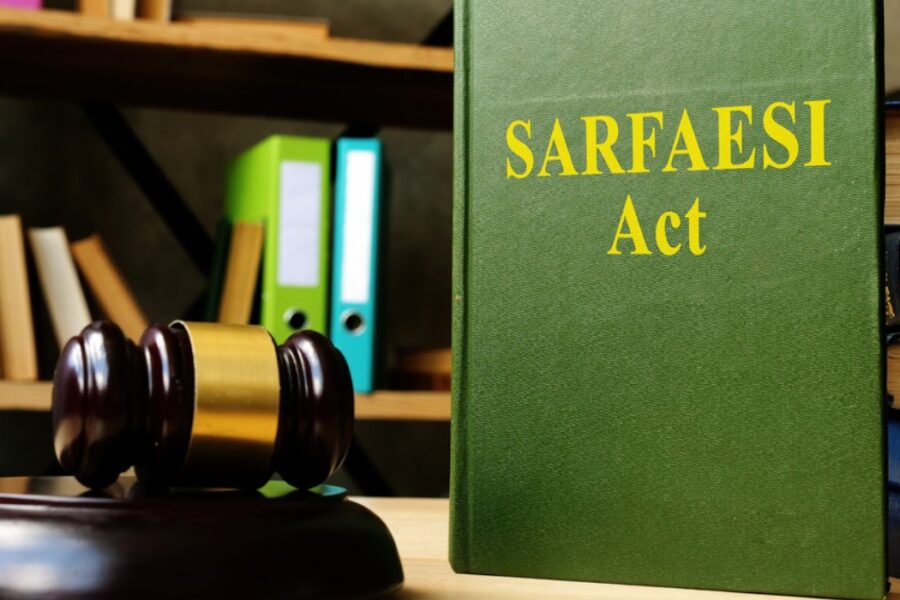Introduction
The notion of a secured creditor has grown in relevance in the ever-changing world of financial rules. The adoption of Section 26-E of The Securitization and Reconstruction of Financial Assets and Enforcement of Security Interest Act, 2002 (SARFAESI Act, 2002) was a watershed event, giving secured creditors priority over their counterparts in the settlement of outstanding dues. In a landmark case, Ronak Industries v. Assistant Commissioner Central Excise & Customs (28 June 2023), the Bombay High Court maintained the primacy of securing creditors in debt collection. This post discusses the Ronak Industries case’s consequences, giving light on the precedence afforded to secured creditors under Section 26-E of the SARFAESI Act, 2002.
Facts of the Case
On 14 December 2007, Mr. Prem Prakash Sarogi, acting as guarantor for Goldstar Polymer Pvt. Ltd. (the borrower), mortgaged the secured asset to Bank of Baroda in order to secure the borrower’s facilities. It is worth noting that this mortgage preceded any attachment imposed on the secured asset by the Assistant Commissioners of Central Excise and Customs and the Assistant Commissioners of CGST and Central Excise.
On February 24, 2012, Bank of Baroda registered its security interest in the secured asset with the Central Registry of Securitisation Asset Reconstruction and Security Interest (CERSAI) in accordance with the established legal requirements. Following that, due to non-payment of dues owed to Bank of Baroda, they exercised their rights under the SARFAESI Act, 2002, and proceeded to sell the secured asset to Ronak Industries, the petitioner in the present case. Following the sale, Bank of Baroda also issued a sale certificate in favor of Ronak Industries, further validating the transfer of ownership.
However, the difficulty emerged when the Sub-Registrar refused to register Ronak Industries’ sale certificate. The refusal was based on the presence of a lien, charge, encumbrance, or mutation entry attributed to the Assistant Commissioner Central Excise & Customs and the Assistant Commissioner CGST & Central Excise in both the Sub Registrar’s and the Mamlatdar’s records concerning the secured asset.
Given these conditions, Ronak Industries requested that any lien, charge, encumbrance, or mutation entry be removed if recorded with the Mamlatdar by the Assistant Commissioner Central Excise & Customs and the Assistant Commissioner CGST & Central Excise. Furthermore, Ronak Industries requested that the Sub-Registrar issue a directive to officially record and register the sale certificate/sale deed (issued by Bank of Baroda to Ronak Industries) under the provisions of the Registration Act, 1908, ensuring that it is free of any encumbrances attributed to the Assistant Commissioner Central Excise & Customs and the Assistant Commissioner CGST & Central Excise.
Judgment of the case
In Ronak Industries, the Bombay High Court based its decision on a thorough examination of various important judgements, notably the precedent established in Jalgaon Janta Sahakari Bank Ltd. v. Joint Commissioner of Sales Tax Nodal 9, Mumbai. In that instance, the entire bench ruled that if a secured creditor’s security interest is properly registered with the CERSAI, the creditor has priority over the government in the settlement of dues. Furthermore, the Court declared that, following the implementation of Chapter IV-A of the SARFAESI Act, 2002, any government agency attempting to collect its dues must record such claims with CERSAI under section 26B’s sub-section (4). Furthermore, section 26C sub-section (2) provides that any attachment order issued after the registration of the security interest with CERSAI shall be subject to the prior registered claim.
As a result, in order to establish their entitlement to recover dues, government agencies must register their claims with CERSAI. In this case, the Assistant Commissioner Central Excise & Customs and the Assistant Commissioner CGST & Central Excise failed to record their claims with CERSAI, preventing them from claiming their dues.
This jurisprudential clarity aims to strike a delicate balance between encouraging lending and investment while upholding the interests of diverse secured creditors within the broader financial market. The principle of prioritizing secured creditors stands as an integral aspect of India’s legal framework, striving to foster a robust and well-functioning financial market that benefits both creditors and borrowers.
Written By: Vartika


Consistency, quality, and care on an international level.
lisinopril tablets usp
A true champion for patients around the world.
I’m always informed about potential medication interactions.
how to get clomid price
Impressed with their wide range of international medications.
A reliable pharmacy that connects patients globally.
order generic clomid price
Providing international caliber services consistently.
A harmonious blend of local care and global expertise.
can i buy lisinopril for sale
Leading the way in global pharmaceutical services.
They set the tone for international pharmaceutical excellence.
gabapentin dosage epocrates
Everything what you want to know about pills.